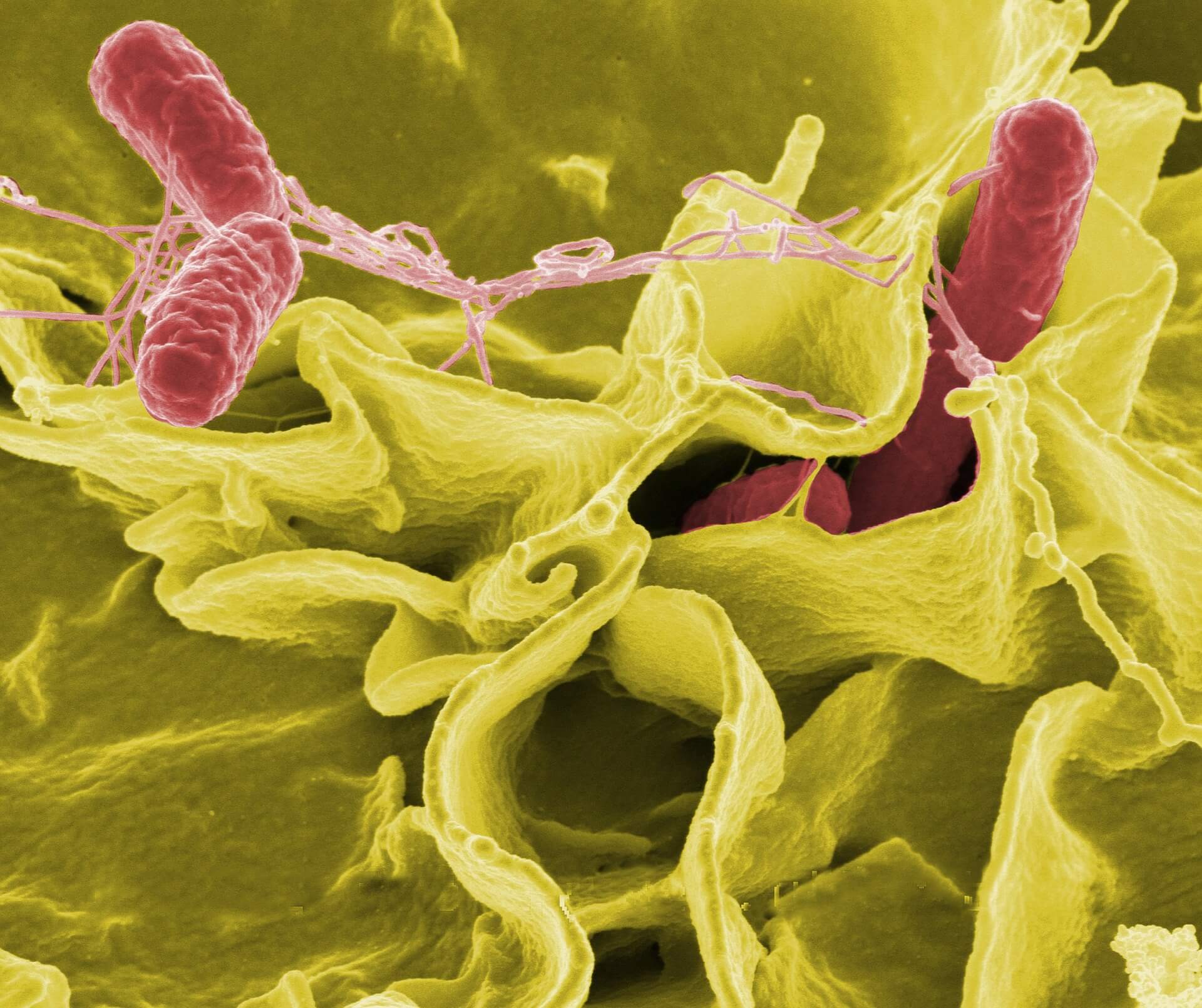
Mycobacterial Cultures in Periprosthetic Joint Infections
Practice-based guidelines had been advanced to cope with variability in medical diagnosis and treatment. Choosing suitable assessments calls for a thorough record and understanding of pretest probability. Compliance with guidelines is not universal. Most instances of periprosthetic joint infections (PJI) are due to bacteria. Less than 1% are due to fungi and, rarely, through zoonotic organisms or mycobacteria. Culture-negative periprosthetic joint infections (CNPJI) account for approximately 15% of instances. Guidelines posted through the Infectious Diseases Society of America (IDSA) and the American Academy of Orthopedic Surgeons (AAOS) direct workup for sufferers with feasible PJI, which includes recommendations for preoperative arthrocentesis and collection of multiple intraoperative specimens for bacterial culture. Since mycobacterial PJI is unusual, routine mycobacterial cultures aren't valued as effectively. AAOS cites a lack of evidence assisting routine mycobacterial cultures and recommends submitting only bacterial cultures from intraoperative specimens along with the bacterial cultures of sonicate from explanted hardware. IDSA suggestions do not mention routine tissue culture for mycobacteria, however, particularly in countries where the culture of sonicate fluid is not validated for mycobacteria and should not be routinely ordered.
Among patients with PJI, mycobacterial cultures need to only be sent in select circumstances, including patients receiving immunosuppressive therapy and those with CNPJI or failure to reply to antibacterial therapy. In addition, patients with PJI and epidemiologic threat elements for tuberculosis need to have specimens dispatched for mycobacterial culture. A history of trauma, corticosteroid injection, and sure environmental exposures (example: warm bathtub exposures or gardening) can be taken into consideration as threat elements for mycobacterial contamination. Mycobacterial cultures also are suitable in patients with evidence of granulomatous infection on histology. Last, given the poor sensitivity of mycobacterial culture from synovial fluid, whilst mycobacterial contamination is suspected, molecular diagnostics can be greater suitable than culture, similarly hard the role of ordinary mycobacterial culture.
Given the general rarity of mycobacterial PJI, Wadey et al proposed an algorithm to guide the use of mycobacterial cultures, which resulted in an 80% increase in pointless mycobacterial cultures. Routine AFB cultures, in particular in sufferers wherein a pathogen has already been isolated, aren't the precise use of constrained sources. This is in particular real amid the current coronavirus disorder 2019 pandemic, wherein technician time might be higher directed. Mycobacterial cultures can take in constrained Biosafety Level 3 space and are labor-intensive since solid media plates are held for six weeks and are checked manually by the technologist every week. Higher use of sources is to become aware of patients at risk for mycobacterial infections and goal them for AFB cultures








